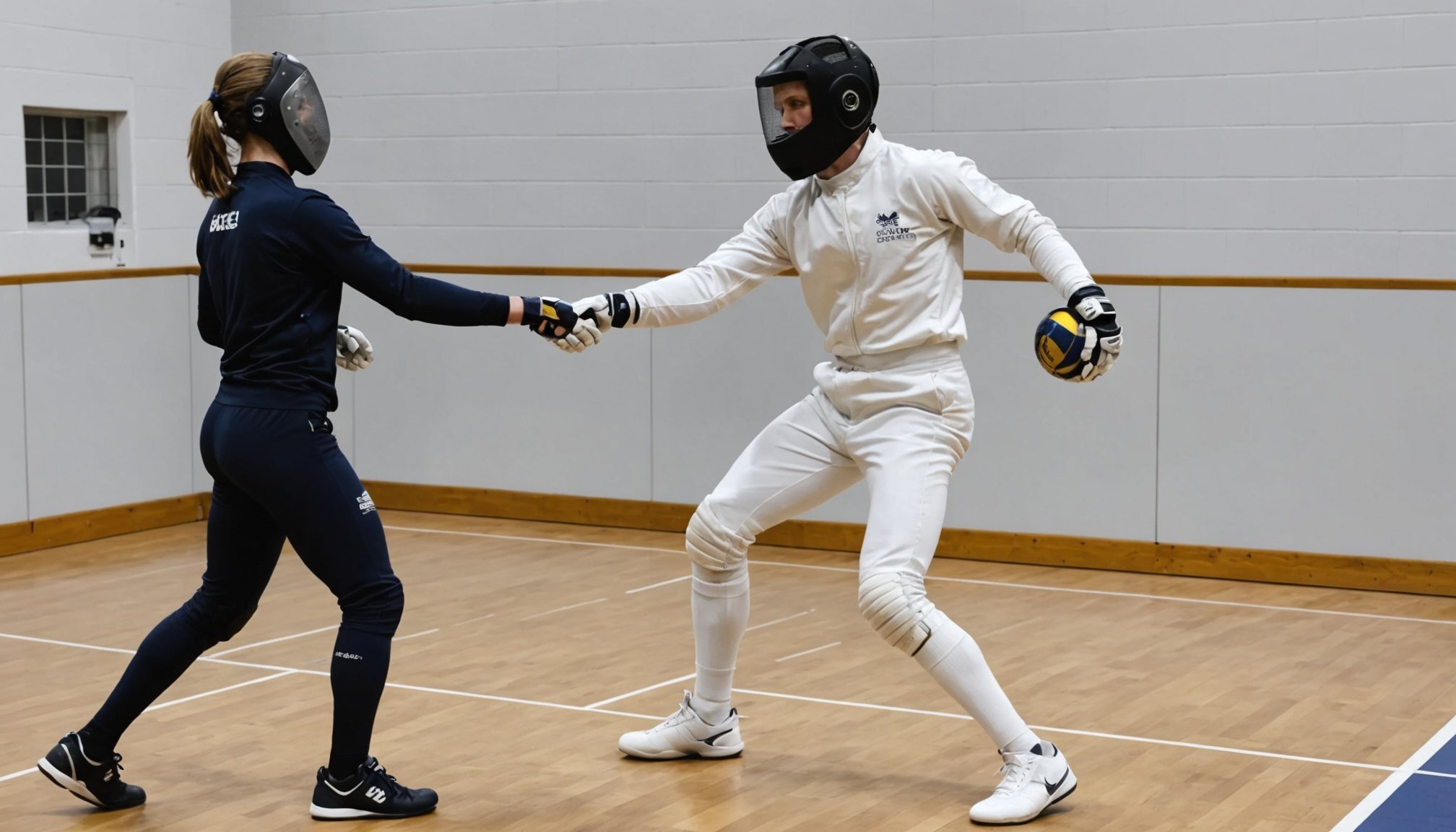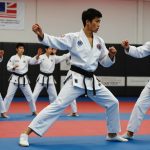Overview of Biomechanical Analysis in Fencing
Biomechanical analysis is an essential component of modern sports science, allowing for a detailed examination of an athlete’s movements. In the realm of fencing, this analysis proves invaluable for understanding and refining techniques. By scrutinising the mechanics of body movement, athletes can enhance their performance and gain a competitive edge.
In fencing, biomechanical analysis focuses on various technical aspects critical to success. This includes examining how fencers use footwork, their positioning on the guard, and their attack and defence mechanics. By analysing these elements, athletes can identify inefficiencies and make informed adjustments. The role of sports science here cannot be overstated, as it provides the tools to optimise athletic performance and improve precision in execution.
Also read : Ultimate guide to sparring safety protocols in uk taekwondo clubs: essential tips for a secure experience
Furthermore, biomechanical analysis assures athletes by not only focusing on improvement but also on injury prevention. Understanding body mechanics allows for the identification of movements that might strain or injure the body, ensuring athletes remain at peak condition. Through ongoing assessment and feedback, fencers can maintain longer-lasting careers by minimising the risk of overuse and acute injuries that might cut their competitive lifespan short.
Case Studies of UK Athletes Utilizing Biomechanical Analysis
Delving into the world of UK fencing athletes, it becomes clear how biomechanical analysis has transformed their training and performance landscape. Several elite athletes have integrated this sports science tool to make impactful changes in their career outcomes.
Have you seen this : Transforming taekwondo training in the uk: innovative uses of video feedback techniques
Analysis of Elite UK Fencers
In examining the journey of these athletes, biomechanical assessments have unearthed inefficiencies in their fencing techniques. This method has provided insights into the nuanced mechanics of their actions, enabling precisely tailored improvements.
Specific Techniques Enhanced
Through these analyses, athletes have markedly improved techniques such as footwork and guard positioning. The fine-tuning of these components, backed by concrete biomechanical feedback, offers substantial gains in agility and strategy. It involves a meticulous adjustment of angles and speeds to achieve more effective fencing motions.
Measurable Outcomes of Analysis
Significantly, performance metrics have shown tangible improvements. Pre- and post-analysis comparisons demonstrate advancements in reflexes, precision, and tactical execution. For instance, one fencer reported a 15% increase in successful attacks after refining technique through biomechanical insights, highlighting the tangible benefits and the pivotal role of scientific examination in sports.
Techniques Improved Through Biomechanical Analysis
Biomechanical analysis profoundly enhances key fencing techniques, providing athletes with critical insights to refine their performances. This modern application of sports science allows fencers to focus on specific areas needing improvement, such as footwork and guard positioning. By dissecting these components with precision, fencers gain a comprehensive understanding of their movements, enabling optimised execution.
The innovation comes from in-depth performance analytics, where each element, such as attack and defence mechanics, can be meticulously analysed. Athletes can then adjust angles, speeds, and timing, leading to more effective and efficient fencing actions.
At the heart of these improvements are the scientific principles underlying biomechanical findings. Applying feedback allows athletes to correct inefficient techniques and adopt strategies that better leverage their physical capabilities. For instance, improved footwork can lead to swifter movements, while fine-tuned guard positioning may enhance defensive responses.
Such advancements ensure athletes have measurable progress on their path to excellence, elevating their competitive edge. The availability of tailored feedback creates an iterative process where continuous improvement becomes both achievable and sustainable. This empowers fencers to constantly enhance their technique and maintain optimal performance.
Practical Applications of Biomechanical Analysis
The incorporation of biomechanical analysis into modern training regimens has revolutionised how athletes train and develop. By integrating biomechanical tools such as motion capture and force sensors, fencers can receive precise feedback on their performance, offering a pathway to continuous improvement.
Training Programs Integrating Biomechanical Feedback
Training programs that incorporate biomechanical feedback provide athletes with data-driven insights, allowing for tailored regimens that address specific weaknesses. For example, motion capture technology tracks body movements during practice, enabling athletes to refine their techniques based on accurate data.
Essential Tools for Analysis
Key tools used in biomechanical analysis include force sensors, which measure impact forces, and motion capture systems, which provide a detailed view of body mechanics. These tools are invaluable for identifying subtle inefficiencies in movement that might otherwise go unnoticed.
Athlete Development Strategies
Utilising biomechanical insights, athletes and coaches can devise strategies that focus on sustainable development. This involves prioritising exercises that bolster weak areas, ensuring athletes evolve without risking overuse injuries. A well-rounded approach, informed by scientific data, promotes long-term athlete growth and optimises performance across the board.
Benefits of Biomechanical Analysis in Fencing
Incorporating biomechanical analysis into fencing offers significant benefits of analysis that extend beyond immediate performance enhancements. This advanced application of sports science provides fencers with a pronounced competitive edge and aids in injury prevention. Through the precise evaluation of fencing techniques, athletes can identify specific areas where efficiency and effectiveness can be improved.
Competitive Advantages
By employing specific biomechanical tools, fencers are able to optimise their movements, resulting in quicker reactions and more strategic positioning. This level of detailed feedback ensures athletes can refine their fencing techniques continually, staying ahead of competitors who may not have access to such detailed evaluations.
Injury Prevention
Biomechanical analysis also plays a critical role in safeguarding athletes from potential injuries. By analysing movement patterns, fencers can avoid practised techniques that could lead to strain or overuse injuries. This proactive approach to health management supports prolonged athletic careers by focusing on safe and efficient movement.
Long-Term Performance Effects
Over time, athletes who leverage biomechanical insights realise ongoing performance improvement. The iterative nature of these evaluations supports sustainable growth and ensures athletes remain in peak condition. Ultimately, integrating biomechanical analysis into training regimens revolutionises how fencers train, perform, and manage their health.











